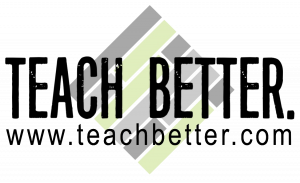In this solo show, I talk though how to do an effective root cause for an adaptive challenge in your school. To make these ideas practical, I share examples of root cause analyses from schools in turnaround. Like what you hear? Share! Episode Links: Episode transcript here. Want more? Follow me on: LinkedIn: @lindsaybethlyons Instagram: @lindsaybethlyons Twitter: … Read More
Using Formative Assessments to Guide Instruction
TL;DR: Formative assessments help teachers effectively plan and guide instruction. It also helps to understand students better in terms of whether they are on track, need support, or a challenge. Likely, you’ll need to plan for differentiated instruction to meet the needs of your students, individually or as a class. There are many formative assessment options: Do-nows & bell ringers, … Read More
Lessons Learned: From Surviving to Thriving
TL;DR: School districts can go from surviving to thriving by shifting from isolation to collaboration. Other ways to go from surviving to thriving include assessing for learning and shifting the focus from teaching to learning. In mid-March, school districts across the United States began adjusting the school schedule and learning environment. Due to a global pandemic, several schools closed for two … Read More
Labels Don’t Improve School Districts
TL;DR: Relationships and communication improve school districts. The conversation shouldn’t be what label to give schools; it should be how we can help and support these districts. We must differentiate the process for helping lower-performing schools. Before you continue reading, I want to caution you that my blog this month is not going to make you feel like you are … Read More
Grading in the New Normal
TL;DR: Maintaining student motivation and accountability in a gradeless classroom. Using grades to communicate and provide feedback. Grading practices that promote a passion for learning, a willingness to take risks, and an increased investment in progress. Education has undergone monumental shifts over the past few months. Whether you are in the classroom, in a leadership role, a district office, or … Read More



